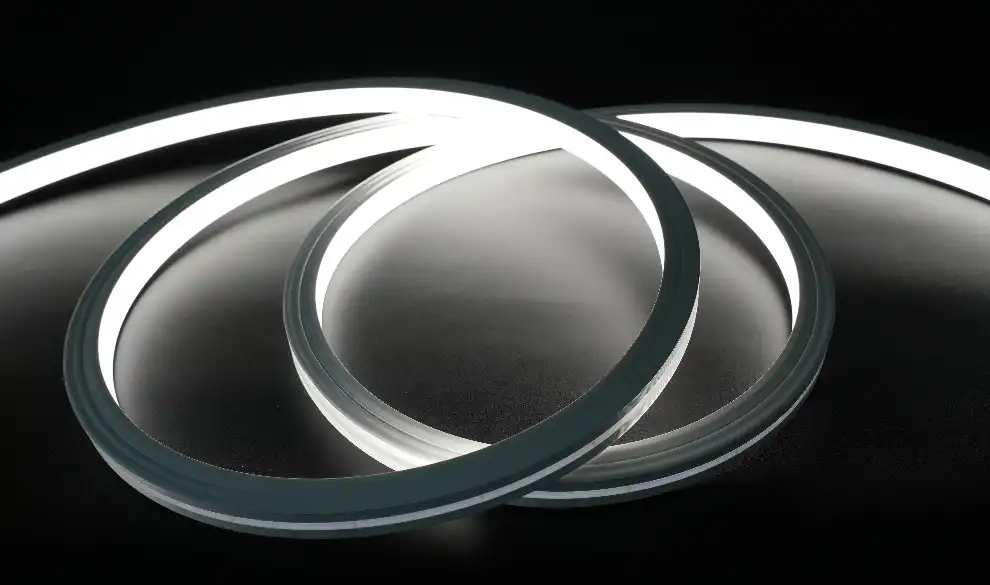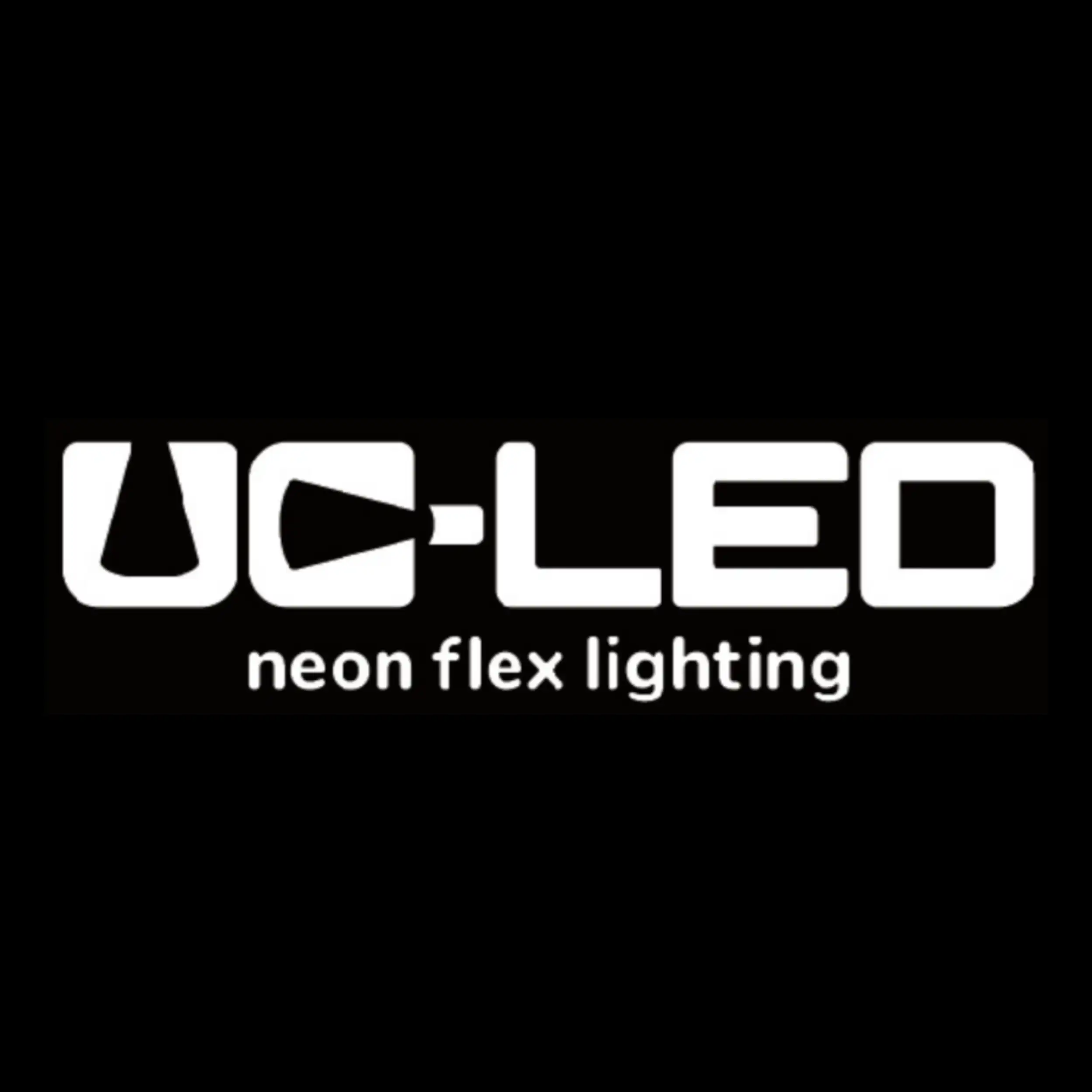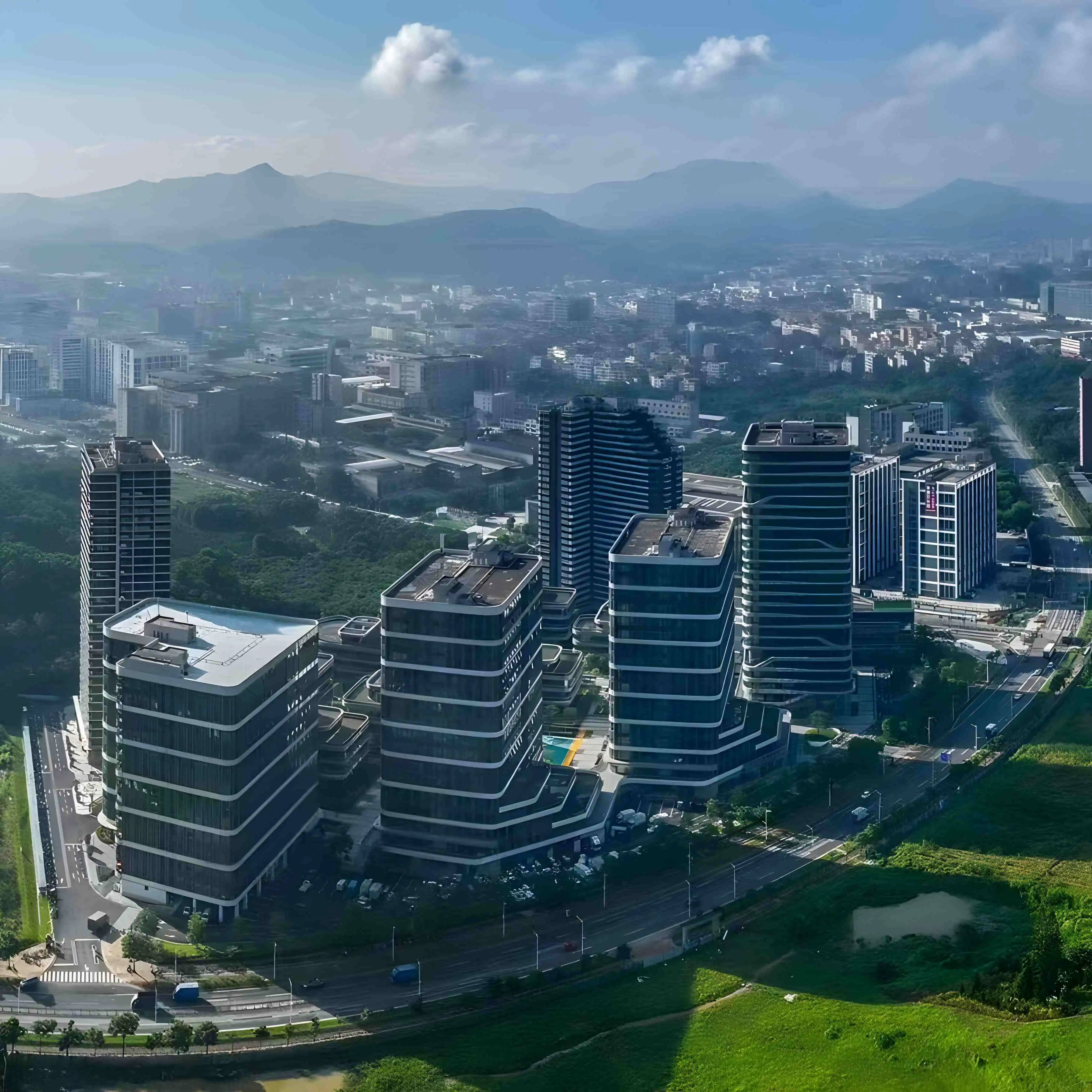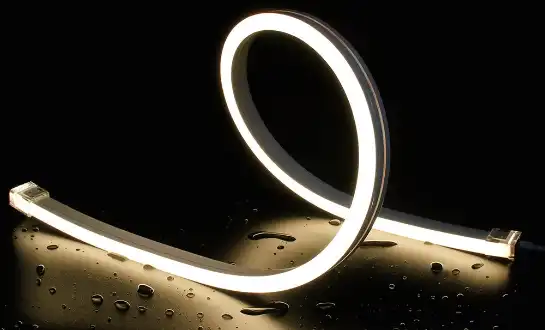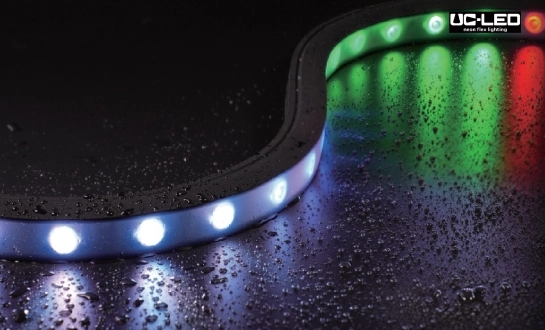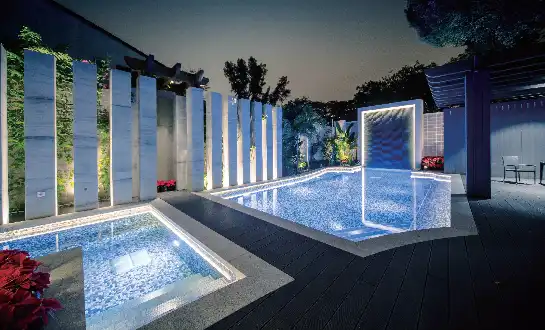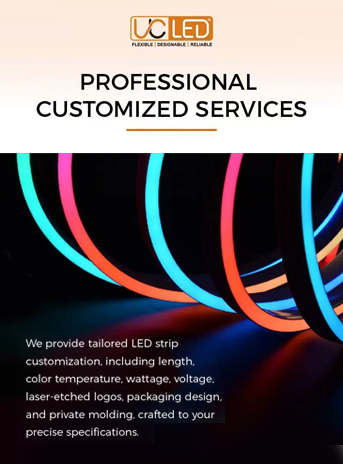Understanding Facade Lighting: Types and Technologies
LED Strip Lights: Versatility in Linear Illumination
LED strip lights have become increasingly popular in facade lighting due to their flexibility and energy efficiency. These thin, linear light sources can be easily installed along building edges, corners, and contours to highlight architectural features. Available in various color temperatures and RGB options, LED strips offer customizable lighting effects that can transform a building's appearance.
One of the key advantages of LED strip lights is their ability to create seamless lines of light, perfect for emphasizing the geometric shapes of modern architecture. They're also ideal for backlighting and creating a soft, ambient glow around windows or other recessed areas. With their low profile and adaptable nature, LED strips can be integrated into even the most challenging architectural designs.
Floodlights: Powerful Illumination for Large Surfaces
Floodlights are a staple in facade contour lighting, particularly for illuminating large surfaces or entire building facades. These powerful fixtures project a broad beam of light, creating a dramatic wash effect that can accentuate textures and materials. Modern LED floodlights offer improved energy efficiency and color rendering compared to their traditional counterparts.
Architects and lighting designers often use floodlights to create contrast and depth on building facades. By strategically placing these fixtures, it's possible to highlight specific areas while leaving others in shadow, adding visual interest and dimension to the structure. Floodlights are particularly effective for illuminating historical buildings, monuments, and other structures where preserving the integrity of the architecture is paramount.
Projectors and Gobo Lights: Creating Dynamic Patterns and Textures
For more dynamic and artistic facade lighting, projectors and gobo lights offer unparalleled creativity. These fixtures use templates or "gobos" to project patterns, textures, or even images onto building surfaces. This technique can transform a plain wall into a canvas for light art, allowing for seasonally changing displays or brand messaging.
Projectors are particularly useful for temporary installations or events, as they can quickly change the appearance of a building without any permanent modifications. In permanent installations, they can be used to add visual interest to otherwise featureless surfaces or to create the illusion of movement and change throughout the night.
Innovative Applications of Facade Lighting
Interactive and Responsive Facades
The integration of sensors and control systems has opened up new possibilities for interactive facade lighting. These systems can respond to various inputs such as weather conditions, pedestrian movement, or even social media activity. For example, a building's facade might change color based on the current temperature or display patterns that react to the movement of people on the street below.
Interactive facades not only create engaging visual experiences but also foster a sense of connection between the building and its environment. This approach to architectural illumination can turn buildings into living, breathing entities that respond to and reflect their surroundings, creating a unique and memorable experience for observers.
Energy-Efficient and Sustainable Lighting Solutions
As sustainability becomes increasingly important in architecture and urban planning, facade lighting is evolving to meet these new challenges. Energy-efficient LED technology, combined with smart control systems, allows for significant reductions in power consumption without compromising on visual impact.
Solar-powered facade lighting systems are gaining traction, particularly for buildings in sunny climates. These systems store energy during the day and power the lighting at night, reducing reliance on the grid. Additionally, adaptive lighting systems that adjust brightness based on ambient light levels or time of day can further optimize energy use while maintaining the desired aesthetic effect.
Biophilic Lighting Design
Biophilic design, which seeks to connect buildings and their occupants with nature, is influencing facade lighting in innovative ways. Lighting designers are incorporating natural rhythms and patterns into facade illumination to create more harmonious and health-promoting environments.
For example, facade lighting might mimic the changing color temperature of natural daylight throughout the day, transitioning from cooler tones in the morning to warmer hues in the evening. This approach not only enhances the visual appeal of the building but also supports the circadian rhythms of people in and around the structure, potentially improving well-being and productivity.
Challenges and Considerations in Facade Lighting Design
Light Pollution and Environmental Impact
While facade lighting can dramatically enhance the nighttime appearance of buildings, it's crucial to consider the potential negative impacts of excessive artificial light. Light pollution can disrupt ecosystems, interfere with astronomical observations, and affect human health. Responsible facade lighting design involves careful consideration of light direction, intensity, and timing to minimize these effects.
Techniques such as using shielded fixtures, implementing curfews for non-essential lighting, and employing adaptive systems that dim or turn off lights during low-traffic hours can help mitigate light pollution. Additionally, selecting appropriate color temperatures and avoiding blue-rich light can reduce the impact on wildlife and human circadian rhythms.
Balancing Aesthetics and Functionality
Effective facade contour lighting must strike a balance between enhancing the building's appearance and serving practical purposes such as safety and wayfinding. This requires a thoughtful approach that considers the building's architecture, its surroundings, and its intended use.
For instance, while dramatic color-changing effects might be appropriate for an entertainment venue, they could be distracting or inappropriate for a residential building or office complex. Lighting designers must work closely with architects and building owners to develop solutions that complement the building's design and function while meeting local regulations and community expectations.
Maintenance and Longevity
The long-term success of a facade lighting installation depends on proper maintenance and the durability of the chosen fixtures. High-quality, weather-resistant fixtures are essential for outdoor applications, particularly in harsh environments. LED technology, with its long lifespan and low maintenance requirements, has become the preferred choice for many facade lighting projects.
However, even the most durable fixtures require periodic maintenance and eventual replacement. Designing for ease of access and incorporating modular components can significantly reduce the cost and complexity of maintaining facade lighting systems over time. Additionally, choosing fixtures from reputable manufacturers with strong warranty programs can provide peace of mind and protect the investment in architectural illumination.
Conclusion
Facade lighting is a powerful tool in architectural illumination, capable of transforming buildings and urban landscapes. From energy-efficient LED strips to interactive projection systems, the range of available technologies offers unprecedented creative possibilities. As the field continues to evolve, we can expect to see even more innovative applications that balance stunning visual effects with sustainability and functionality.
For those interested in exploring cutting-edge facade lighting solutions, QUAN HE Lighting Co., Ltd. offers a range of high-quality LED products suitable for various architectural applications. Their expertise in custom lighting solutions can help bring your vision to life, whether you're working on a small-scale project or a large-scale urban development. To learn more about their products and services, contact Linda@uc-led.com for personalized assistance and expert guidance in architectural illumination.
